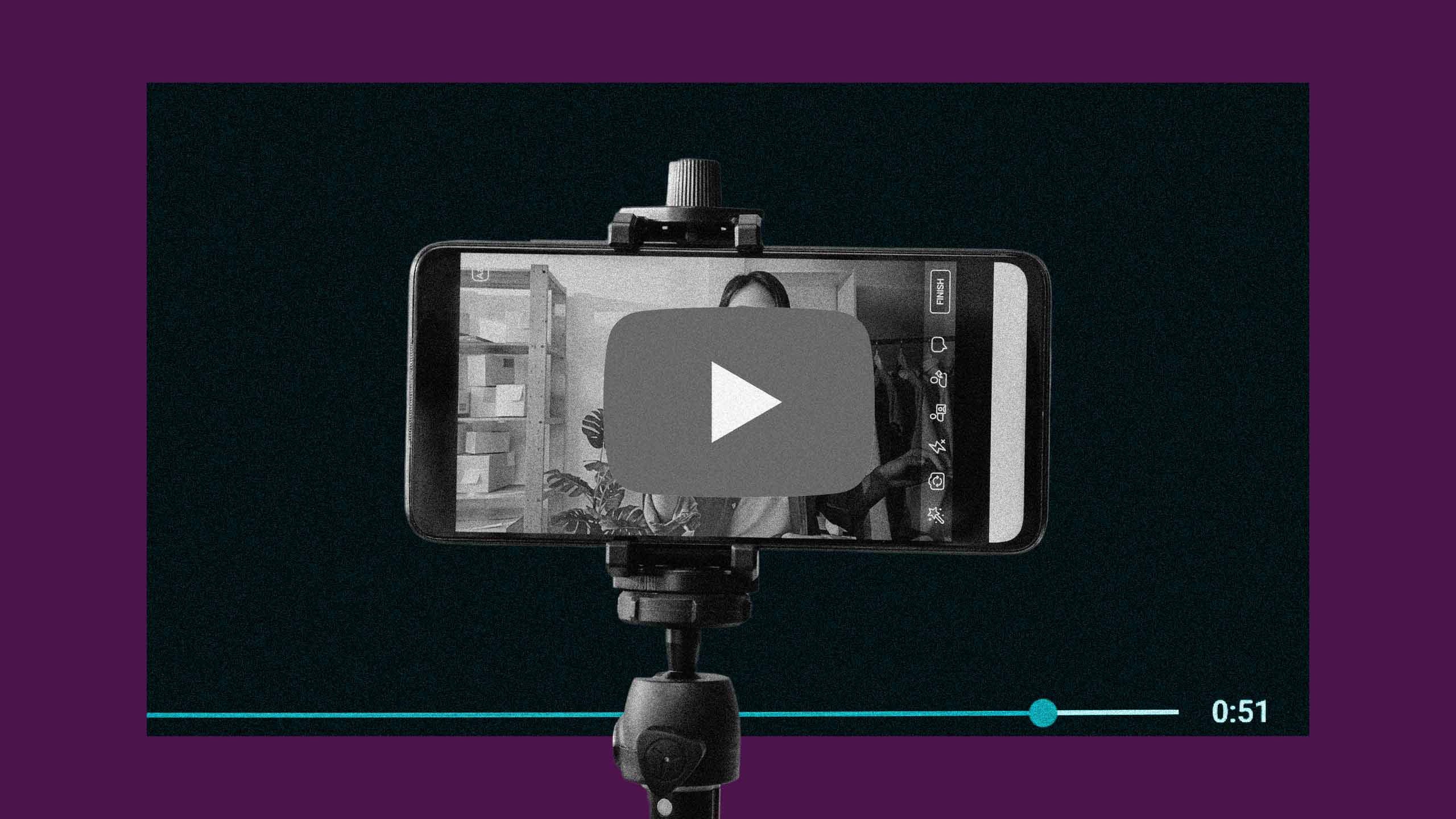Dec. 2 marked an anniversary that few of us likely remember despite its broader importance. It was the day when—10 years ago—the Olympic diver Tom Daley uploaded a personal video to YouTube. The video, which has garnered more than 13 million views, shows Daley reclining in bed; facing the camera, he announces that he is finally ready to talk publicly about his relationships. “I met someone,” he begins, “and that someone is a guy.”
Daley was not the first elite athlete to come out, nor the first person to post their coming out story to YouTube. The latter honour is often credited to the Montreal-based account “Life in Translation,” who came out as trans in 2006, shortly after the inception of the platform. But Daley’s upload was hugely influential, popularizing new conventions of coming out in the Digital Age and indicating the extent to which the Web 2.0—with its capacity to theoretically allow anyone to enter the chat—provided queer folks, famous or not, greater control over their narratives.
Coming out has traditionally meant, as the theorist Michel Foucault famously observed, the ability for queerness “to speak in its own behalf … to demand that its legitimacy or ‘naturality’ be acknowledged.” As these narratives moved online, the opportunity to speak on one’s own behalf grew. This often took a similar look, even a similar script to what’s seen and heard in Daley’s video—intimate confessions in which the speaker sombrely stares down the camera as they recount their family’s reactions, their own conflicting desires, a growing self-acceptance, a sense of internalized difference partnered with requests that they be viewed as the same person that they’ve always been.
For many viewers, these new opportunities equated to new forms of representation and increased access to others’ knowledge and experiences. As coming out narratives proliferated, many journalists and researchers acknowledged the expanding corpus of coming out videos as an established “genre” on the platform. In the comment sections found beneath the videos, viewers carried on entire conversations as new communities arose. Many even used these comment sections as a means of testing out their own emerging identities.
In addition to providing a new means of coming out, however, YouTube videos also showed their viewers how to respond (or how not to respond) to another’s narrative. Videos like that of the Rhodes Bros., where vloggers Aaron and Austin Rhodes captured their father’s reaction to their joint coming out as gay, depicted how a supportive family member might react. A 2014 upload titled “Coming Out to My Conservative Christian Dad on Camera,” on the other hand, plays out much as one might expect. As Huffington Post writer Alexandra Temblador wrote, the YouTube trend of capturing others’ reactions acted as a visual reminder that one’s response could go viral, becoming a kind of “check” to all.
Google Trends shows that YouTube searches for “coming out” peaked in popularity around 2014 worldwide. This peak accounts for multiple videos that obtained millions of views each. A number of early and prominent YouTubers fit this curve. Ingrid Nilsen, Shane Dawson and Connor Franta, for example, all uploaded coming out videos to the site around this time. The most popular upload, however, belongs to Joey Graceffa, who creatively chose to record his own song with an accompanying music video in 2015. The video, “Don’t Wait,” featured a kiss between the vlogger and his then boyfriend as an innovative way to come out to his YouTube fan base, setting a new precedent for how coming out online would continue to evolve.
Interestingly, the 2014 peak roughly coincides with the time when YouTube quietly dropped its long-running slogan to “Broadcast Yourself.” The change wasn’t publicly acknowledged to any great extent, but it was likely—at least in part—a response to critics who argued that the slogan misrepresented how YouTube actually works. Sure, everybody could obtain an audience through the site, but that didn’t mean that everyone would. You could broadcast yourself, but who were you broadcasting to? When queer folks come out to others IRL, there is, unfortunately, always a chance that their message might be ignored—cast aside as if nothing were said—but this becomes all the more likely when the message is sent into the void of the internet. Only a select few YouTube coming out videos ever achieve widespread popularity, and this remains true on other social media platforms as well. For while several examples exist of relatively unknown users who rose to prominence on the site after uploading their coming out narratives, many of YouTube’s most-viewed coming out videos were created by users who had already achieved some level of fame—whether through earlier vlogging activity or by some other means (like winning Olympic gold, as in Daley’s case). Furthermore, the videos that often become most popular are those uploaded by cis, white, gay men. Does YouTube offer a more democratic platform then? Or is it only inclusive to some?
More recently, other popular coming out videos have followed Graceffa’s lead, using the platform to come out in creative, even lavish, ways. In 2019, for example, YouTuber Daniel Howell received over 12 million views on his 45-minute meta-commentary of a coming out video titled “Basically I’m Gay.” The same year, the Try Guys’ Eugene Lee Yang uploaded a dance video,“I’m Gay,” showcasing his own narrative through beautifully executed choreography. Howell’s and Yang’s videos also act as something of a swan song. Coming out narratives continue to be uploaded to the platform, but queer folks generally seem to be migrating elsewhere.
Consider the celebrities who came out in 2023. Many, like, Sex Education’s Ncuti Gatwa and The Last of Us star Bella Ramsey, opted to make their queer identities public through mainstream articles published by traditional media outlets—an option that most of us don’t have access to. Others preferred to use social media, straying from YouTube as their platform of choice. Stranger Things’ Noah Schnapp posted a video to TikTok video, for instance. Adore Delano of Drag Race fame used Instagram to tell fans she’s trans. And the Czech footballer Jakub Jankto took to X to say, “I no longer want to hide myself.”
YouTube has changed how we come out; there’s no denying that. But the digital landscape continues to change as well. New networks and sites arise, offering queer folks more and more spaces to tell their narratives. While YouTube is no longer the go-to site for these messages, its legacy for how we do (or don’t) broadcast ourselves lives on.


 Why you can trust Xtra
Why you can trust Xtra


